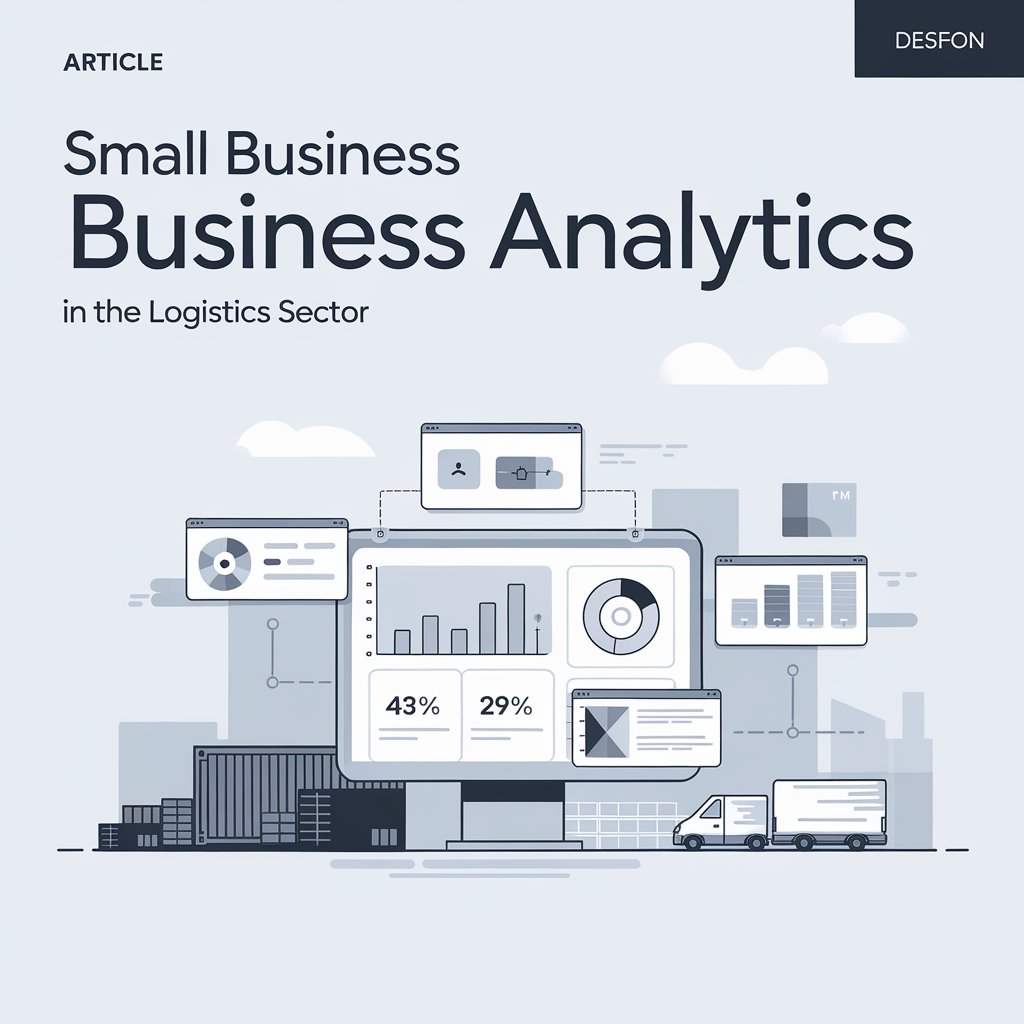Order Fulfillment: The Key to Customer Satisfaction and Business Growth

Understanding the Order Fulfillment Process
The order fulfillment process encompasses several key stages:
- Receiving Inventory
- Accepting new stock into the warehouse
- Quality checks and inventory counting
- Updating inventory management systems
- Storage and Warehouse Management
- Organizing products for efficient retrieval
- Implementing inventory tracking systems
- Managing stock levels and reorder points
- Order Processing
- Receiving and validating customer orders
- Allocating inventory to specific orders
- Generating picking lists for warehouse staff
- Picking and Packing
- Locating and retrieving ordered items
- Carefully packaging products for shipment
- Including necessary documentation and labels
- Shipping
- Selecting appropriate shipping methods
- Generating shipping labels and tracking information
- Coordinating with shipping carriers
- Delivery and Customer Communication
- Tracking shipments en route to customers
- Providing customers with real-time updates
- Handling any delivery issues or exceptions
Types of Order Fulfillment Models
Businesses can choose from several fulfillment models based on their needs and resources:
- In-house Fulfillment
- Pros: Full control over the process, potential for cost savings
- Cons: Requires significant investment in infrastructure and staff
- Third-party Logistics (3PL)
- Pros: Access to expertise and established infrastructure
- Cons: Less control, potential for higher costs
- Dropshipping
- Pros: Low upfront investment, wide product selection
- Cons: Lower profit margins, less control over quality and shipping
- Hybrid Models
- Combining elements of different models to suit specific business needs
Technology in Order Fulfilled

Modern technology plays a crucial role in streamlining the fulfillment process:
- Warehouse Management Systems (WMS)
- Optimize inventory storage and retrieval
- Provide real-time inventory visibility
- Generate efficient picking routes for staff
- Order Management Systems (OMS)
- Centralize order processing across multiple sales channels
- Automate order routing and allocation
- Provide a unified view of order status
- Automated Picking and Packing Solutions
- Robotic picking systems for increased speed and accuracy
- Automated packaging machines for consistent and efficient packing
- Tracking and Delivery Technologies
- Real-time GPS tracking for shipments
- Automated notifications to customers about order status
- Last-mile delivery optimization tools
Challenges in Order Fulfilled
Even with the best systems in place, businesses may encounter several challenges:
- Inventory Accuracy and Stockouts
- Regular cycle counting and perpetual inventory systems
- Implementing safety stock levels for popular items
- Shipping Costs and Carrier Selection
- Negotiating rates with multiple carriers
- Using rate shopping tools to find the best shipping options
- Returns and Reverse Logistics
- Streamlining the returns process for customer satisfaction
- Efficiently processing returned items back into inventory
- Seasonal Demand Fluctuations
- Forecasting and planning for peak periods
- Implementing flexible staffing solutions
Strategies for Efficient Order Fulfillment
To maximize the effectiveness of your order fulfillment process:
- Optimize Warehouse Layout
- Arrange products based on picking frequency
- Implement clear labeling and organization systems
- Implement Just-in-Time (JIT) Inventory
- Reduce carrying costs by aligning inventory with demand
- Work closely with suppliers for timely restocking
- Batch Processing and Wave Picking
- Group similar orders for more efficient picking
- Use wave picking to balance workload throughout the day
- Continuous Improvement and Lean Principles
- Regularly analyze processes for inefficiencies
- Encourage employee feedback for process improvements

The Impact of E-commerce on Order Fulfilled
The rise of e-commerce has significantly influenced order fulfillment:
- Meeting Customer Expectations for Fast Delivery
- Offering same-day or next-day delivery options
- Implementing local fulfillment centers for faster shipping
- Handling Multi-channel and Omnichannel Fulfillment
- Integrating orders from various sales channels
- Providing consistent fulfillment experiences across channels
- Dealing with Peak Periods
- Preparing for holiday seasons and special promotions
- Implementing scalable solutions to handle volume spikes
Measuring Order Fulfilled Success
Key Performance Indicators (KPIs) for order fulfillment include:
- Order Accuracy Rate
- Measures the percentage of orders fulfilled without errors
- On-Time Delivery Rate
- Tracks the percentage of orders delivered within the promised timeframe
- Order Cycle Time
- Measures the time from order placement to delivery
- Rate of Returns
- Monitors the percentage of orders returned due to fulfillment errors
Customer Experience and Order Fulfillment
Order fulfillment plays a crucial role in shaping the customer experience:
- Transparency and Order Tracking
- Providing real-time updates on order status
- Offering self-service tracking options for customers
- Personalization in Packaging and Delivery
- Including personalized notes or promotional materials
- Offering customized delivery options (e.g., specific time slots)
- Handling Customer Inquiries and Issues
- Providing prompt and effective customer support
- Implementing proactive communication for potential issues

Sustainability in Order Fulfillment
As environmental concerns grow, sustainable practices in order fulfillment are becoming increasingly important:
- Eco-friendly Packaging Options
- Using recyclable or biodegradable packaging materials
- Optimizing package sizes to reduce waste
- Reducing Carbon Footprint in Shipping
- Consolidating shipments when possible
- Exploring alternative fuel options for delivery vehicles
- Ethical Sourcing and Inventory Management
- Working with suppliers who follow sustainable practices
- Implementing strategies to minimize overstock and waste
Future Trends in Order Fulfillment
Stay ahead of the curve by embracing emerging trends:
- Artificial Intelligence and Predictive Analytics
- Using AI for demand forecasting and inventory optimization
- Implementing predictive models for proactive problem-solving
- Robotic Process Automation
- Deploying robots for picking, packing, and sorting
- Implementing autonomous guided vehicles (AGVs) in warehouses
- Drone and Autonomous Vehicle Deliveries
- Exploring drone delivery for rural or hard-to-reach areas
- Implementing self-driving vehicles for last-mile delivery
Conclusion
Order fulfillment is the backbone of customer satisfaction and business growth in the modern marketplace. By understanding its complexities and implementing efficient strategies, businesses can turn their fulfillment process into a competitive advantage. Remember, every successfully fulfilled order is an opportunity to exceed customer expectations and build long-term loyalty.
As you evaluate your current order fulfillment processes, consider areas where you can implement new technologies, improve efficiency, or enhance the customer experience. The investment in optimizing your order fulfillment can lead to significant returns in customer satisfaction, operational efficiency, and ultimately, your bottom line.
